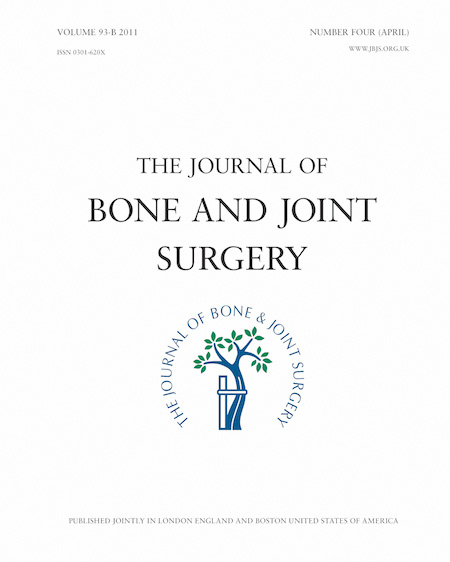
TRAUMA
Intamedullary nailing leads to similar disability scores in comparison to locking plate
This report has been verified
by one or more authors of the
original publication.
J Bone Joint Surg Br. 2012 May;94(5):704-8
24 adult patients with closed or Gustilo I extra-articular fractures of the distal tibia were randomized to receive either locking plate or intramedullary nailing. The results from this pilot study indicated that at 6 month follow-up, disability scores favored the intramedullary group; however, the difference was non-significant. Furthermore, it was found that only one patient required revision in the intramedullary group in comparison to 7 that required revision in the locking plate group.
Unlock the full ACE Report
You have access to {0} free articles per month.Click below to unlock and view this {1}
Unlock NowCritical appraisals of the latest, high-impact randomized controlled trials and systematic reviews in orthopaedics
Access to OrthoEvidence podcast content, including collaborations with the Journal of Bone and Joint Surgery, interviews with internationally recognized surgeons, and roundtable discussions on orthopaedic news and topics
Subscription to The Pulse, a twice-weekly evidence-based newsletter designed to help you make better clinical decisions
Exclusive access to original content articles, including in-house systematic reviews, and articles on health research methods and hot orthopaedic topics
Or upgrade today and gain access to all OrthoEvidence content for just $1.99 per week.
Already have an account? Log in


Subscribe to "The Pulse"
Evidence-Based Orthopaedics direct to your inbox.
{0} of {1} free articles
Become an OrthoEvidence Premium Member. Expand your perspective with high-quality evidence.
Upgrade Now













































































